Click to view our Accessibility Statement or contact us with accessibility-related questions





Showing 1 of 99 conversations about:

GUTB
238
Feb 6, 2017
bookmark_border

GUTB
238
Feb 7, 2017
bookmark_border
Opamps are inferior to discrete output devices. Output circuits that use opamps can be good, of course, but a design that uses discrete (i.e., MOSFET, JFET, etc) devices instead typically means more effort went into making a superior output stage. For example, 0 feedback circuits which are impossible with opamps which use hard negative feedback to work.

GUTB
238
Feb 8, 2017
bookmark_border
In fact, you'll note that virtually all high-end DACs use all-discrete output stages. The fact is, some forms of distortion / noise from these circuits are pleasing to humans.
High-end audio grade opamps are known to give good results, but it's still well known that the very best results come from well-engineered discrete designs. I could also go into how 0 feedback isn't inherently better (feedback actually has major benifits) but it's still a fact that all high-end DACs use discrete output stages -- generally with a ton of high end caps, super-fast electronics, etc.
High-end audio grade opamps are known to give good results, but it's still well known that the very best results come from well-engineered discrete designs. I could also go into how 0 feedback isn't inherently better (feedback actually has major benifits) but it's still a fact that all high-end DACs use discrete output stages -- generally with a ton of high end caps, super-fast electronics, etc.

GUTB
238
Feb 8, 2017
bookmark_border
The dCS Vivaldi is -113...unweighted.
Rokna Wavedream Signature is -132
T+A DAC 8 DSD is -116
Gryphon Kalliope is -118
I can go on and on of course.
There's nothing "wrong" with opamps of course, but discrete is capable of better results -- although if we're talking about measurements you will have to pay serious $ to compete with your iPhone.
Rokna Wavedream Signature is -132
T+A DAC 8 DSD is -116
Gryphon Kalliope is -118
I can go on and on of course.
There's nothing "wrong" with opamps of course, but discrete is capable of better results -- although if we're talking about measurements you will have to pay serious $ to compete with your iPhone.

GUTB
238
Feb 8, 2017
bookmark_border
All specs came from their websites. Rokna's website says the output stage is totally discrete. The T+A website advertises 116 SNR here (under specifications): http://www.ta-hifi.de/en/audiosystems/dac-8-dsd-amp-8/dac-8-dsd/
The Kalliope is not advertised at -90. Go to their web page, they have a specs table which you have to scroll down to find it.
The graphs cited appear to support the low distortion figure advertised by T+A.
The Kalliope is not advertised at -90. Go to their web page, they have a specs table which you have to scroll down to find it.
The graphs cited appear to support the low distortion figure advertised by T+A.
rbuszka
1
Mar 12, 2017
bookmark_border
GUTBIn this post (re: opamps), I think you are making some claims based upon what you have read, rather than measured performance. It is possible to design systems employing opamps that give spectacular measured and audible performance. I have the Emotiva DC-1, and it makes extensive use of integrated circuits, including a preamp section with digitally controlled analog gain stage using quality OPA2134 opamps from TI Burr Brown. It is superior to other DACs at its price, and the equal of much more expensive units like the Mytek Brooklyn, although it lacks DSD. I resolved after owning it (and putting many hours on it) to never speak ill of opamps again.


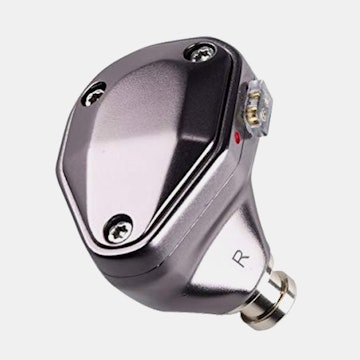
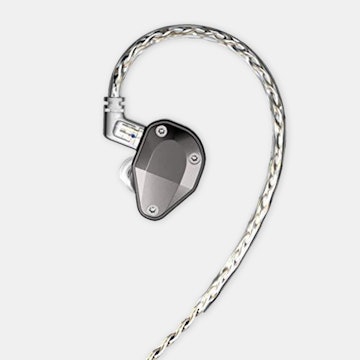
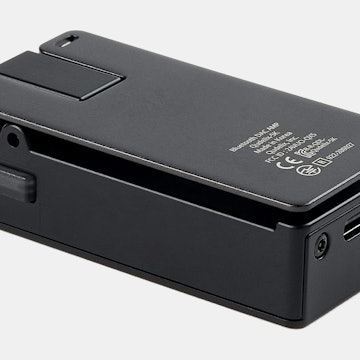
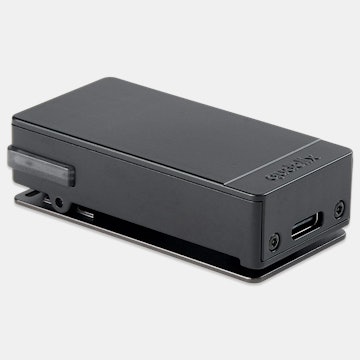
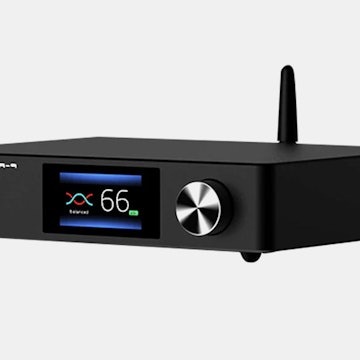
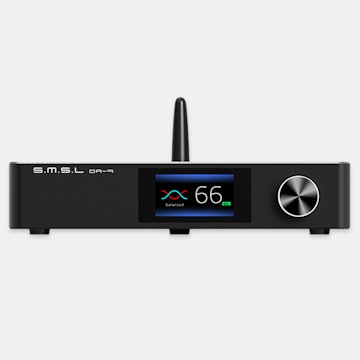
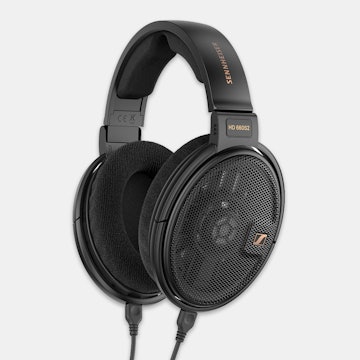
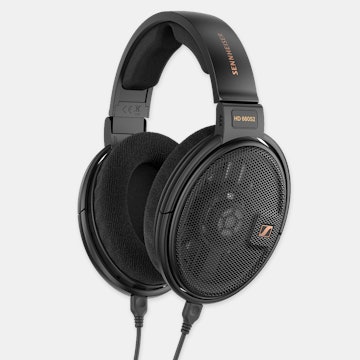

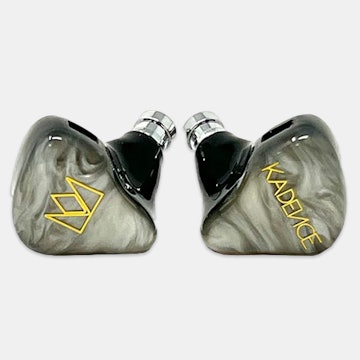
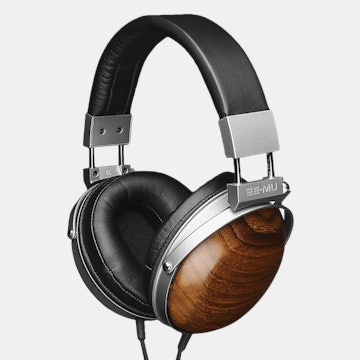
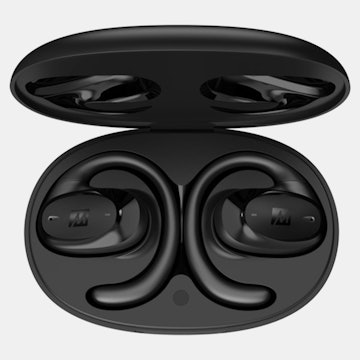
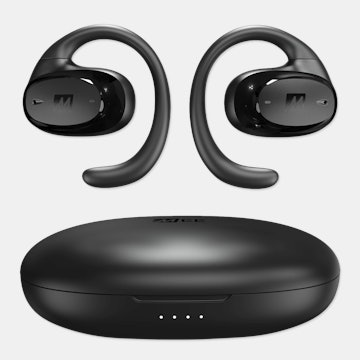
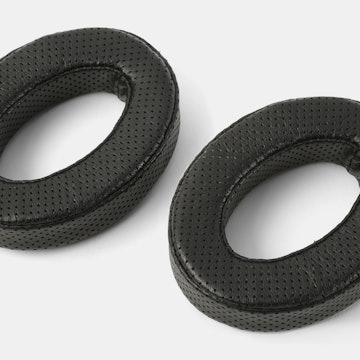
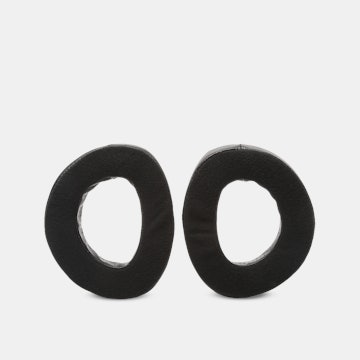
So, how does it stack up at this entry-level price-point? It should be clearly superior to little baby DACs like the Modi 2, ODAC, Jitterbug, etc, if for no other reason than it has a real power transformer and output stage.